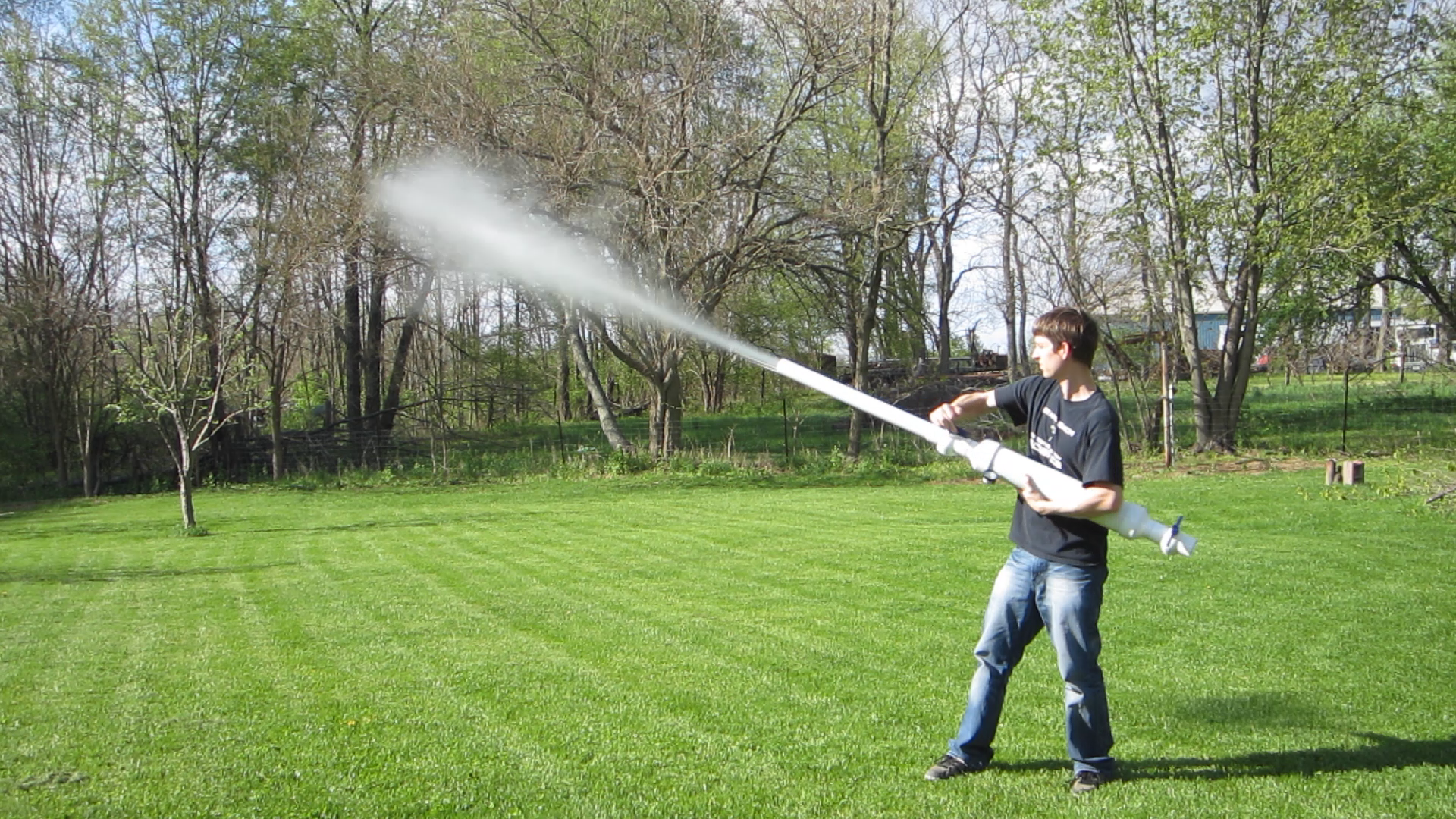Air cannons are an iconic DIY project. Here at Make: we have featured potato cannons, T-shirt cannons, burrito blasters, taser activated cannons, and even a potato Gatling gun.
But in this project, we are doing something a little different. We are going to make a baking soda and vinegar cannon. This is very similar to the baking soda and vinegar volcanoes that we made as kids; I have just scaled up the reaction so that it can be used to send a potato flying through the air.
[youtube:http://youtu.be/LNY63AYdIYY]View the project on Instructables: http://www.instructables.com/id/Baking-Soda-and-Vinegar-Cannon/



